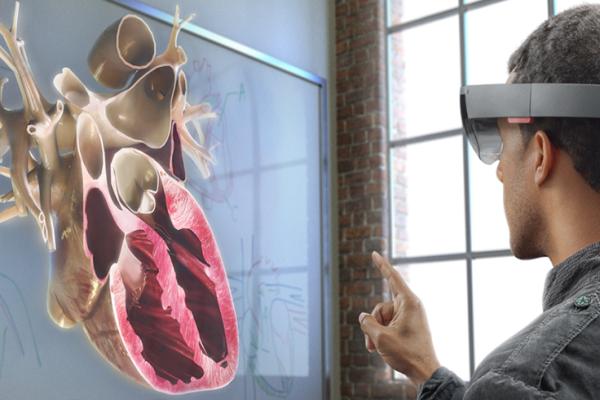Published on the 09/03/2017 | Written by Anthony Caruana

Multiple applications for lifelike simulations…
Whether it’s faster broadband for video-consultation or surgery by remote control, tech experts are pushing the cred of new inventions which have multiple applications in healthcare. Among the more promising is virtual reality, which has a range of applications from training, through to helping patients overcome irrational fears.
For its part, Velpic is a training company specialising in the development of training tools. It offers a cloud-based platform for delivering education solutions to schools and business. CEO Russell Francis said the company will be releasing a new VR training app; he said a recent VR rollout by the Victorian government for training paramedics is an example of how the technology can be used.
“One of the fundamental benefits of VR is that the experience can simulate hazardous situations without putting anyone in real danger. The simulations can be made to appear real in look and sound, giving a life-like training simulation that can be repeated over and over again without any danger to the trainee,” said Francis.
It is, he said, similar to what the aviation industry has been doing for decades with flight simulators. “But where those cost multiple millions, a VR lesson can be completed within a Google Cardboard headset costing a few dollars. ”
We doubt optimal results will come from using a fancy cardboard box and indeed Velpic’s VR platform works with more advanced options including Samsung’s Gear VR and others.
“VR training provides a far more engaging training solution than traditional learning methods, with the ability to immerse users in the experience,” added Francis.
“VR will soon be a mainstream method of workplace training as it offers a compelling range of benefits including enhancing the learning experience that ultimately leads to higher knowledge retention. What we are doing, alongside our partner Cortex, is delivering a VR training solution that is both cost effective and practical to implement,” said Francis.
The application of VR in the medical industry is growing. New Zealand’s Virtual Medical Coaching, which is part of the Consortium for Medical Device Technologies, has created a VR-based simulator for radiographers.
And Melbourne-based psychologist Les Posen has used VR systems since 2001 to work with patients who have a fear of flying. His setup includes airline seats connected to a system that allow patients to experience take-offs and landings in a safe environment.
Posen said, “I started with a large and heavy gaming headset, the VFX-3D, costing AU$3,000 at the time, using Windows-based software licensed from the US. We’ve now progressed to iPhone and Android-based mobile phones in lightweight headsets where I can use my MacBook Pro in real time situations.”
Posen said the system allows simulation of multiple take-offs per hour session, with the ability to control the conditions: daytime vs night-time, rainy vs sunny, aisle seat vs window, back of plane vs front, many people or just a few.
“Other modules I use are driving, public speaking, heights and enclosed spaces, underground metro, and two new ones for MRI scans and exam taking,” he added.
In Posen’s case, at the very least, it can certainly be said that VR for healthcare is taking off, occasionally dramatically.



























